Photos Upright Hedge–parsley Torilis japonica Family Apiaceae Also known as Scabby head, Japanese hedge parsley Japanese Hedge–parsley is a member of the Carrot family that can be an annual or biennial plant depending on the geographical location, it is native to the UK, Europe, Asia and considered an invasive species in North AmericaJapanese hedge parsley is considered a winter annual (germinating in fall) or a biennial The first year plants have finely divided fernlike leaves in a rosette near the ground White umbel flowers develop into small seeds with burrs that catch on fur and clothing Fall and winter is a good time to search for this plant since the rosettes thatTorilis japonica – upright hedgeparsley, Japanese hedgeparsley Distribution Occurring chiefly west of the Cascades crest in Washington;
Torilis Japonica Japanese Hedge Parsley Minnesota Wildflowers
Japanese hedge parsley
Japanese hedge parsley-The standard author abbreviation DC is used to indicate Augustin Pyramus deJaponica(Japanese Hedge Parsley) However, this latter species has about 8 linear bracts at the base of each compound umbel, and the bristles of its seeds have hooked tips While Japanese Hedge Parsley occurs in Illinois, it far less common than Common Hedge
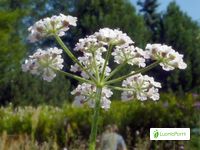



Japanese Hedge Parsley Torilis Japonica Flowers Naturegate
Medicinal use of Upright Hedge Parsley The seed is anthelmintic, antifungal, antiviral, expectorant and tonic It is used in Korea in the treatment of amnesia, pruritis, acidosis and scabies The juice of the root is used in the treatment of indigestionErect hedgeparsley can grow in forests Erect hedgeparsley (also known as Japanese hedgeparsley) is a biennial plant in the carrot family Second year plants can grow up to six feet tall and have an umbrella shaped cluster of small white flowers This invasive plant is relatively new to Minnesota and researchers have not extensively studied itHerbaceous biennials that establish as rosettes with parsleylike leaves Plants flower in the 2nd year Flowering stems are spreading, grooved, notably jointed, and covered in hair Mature plants are typically 24' tall Legal Classification in WI
This is part of a series of videos providing key characteristics for the identification of invasive plants listed in Wisconsin's invasive species administratTorilis japonica (Houtt) DC Roadsides, trails, clearings, and other disturbed areas of upland forests and swamps A European species, rather recently established as a weed in our area First collected in Michigan in 1952 in Clinton and Eaton Cos; Japanese hedge parsley is an erect forb that rises on multiple stems from a thick taproot It can be 8 ″ to 48 ″ tall, but in Minnesota flowering plants are usually no more than 24 ″ in height In Minnesota it is a biennial, taking two years to complete its life cycle In more southerly regions it is an annual
Japanese hedge parsley is a fast and aggressive invader of grasslands, prairies, and roadsides with plants ranging 26' tall In recent years, this plant has developed a strong presence for itself at Sharon Hills Preserve By removing the plant, and its seedbank, we make room for native biodiversity crucial to the ecosystem Fruits of the Japanese hedge parsley are ovalshaped, and covered in hooked hairs Habitats Hedgerows, woodland edges, and suitable sites on neutral to alkaline soils Japanese hedge parsley pretending a fence is a hedgerow in GlastonburyWIS DNRBureau of Endangered Resources Detailed information on Wisconsin invasive species including decription, habitats, control methods USDA Plants Database Federal Distribution and detailed information including photos Dan Tenaglia's The Missouri Flora Fabulous photographs;



Toronto Wildlife More Japanese Hedge Parsley



Q Tbn And9gcrbhhgprhdmhdkots Ehstljmhoeqvwfkrurk8czsm9zmui8tbw Usqp Cau
Japanese Hedge Parsley(Bayer Code TOINO;Southwestern British Columbia to California, also in southcentral and eastern North America Habitat Forest understory and edge, thickets, fields, roadsides, wastelots, and other disturbed areas at lowFoliage Firstyear rosettes are low, parsleylike and green into fall The stem leaves are alternate, fernlike, 25 in ( cm) long and slightly hairy




Japanese Hedge Parsley Torilis Japonica Wisconsin



Japanese Hedge Parsley
The Japanese hedge parsley (or Upright hedge parsley) is a plant that typically grows in mountainous regions and along roadsides It bears small white or pinkish white umbel flowers, which develop into small oval fruits that rippen in the fall and may attach to clothesJHP is in the Parsley family (Apiaceae) and grows to 12" in height with alternate and pinnately divided leaves (Czarapata, 05) It has a thick taproot (Photo 3) and can have multiple stems branching from the base (Tengalia, 07) JHP blooms in July and August with tiny white flowers that form umbels clustered at the top of the plant and at the ends of lateral branches (Photo 5 Vernacular names edit wikidata 'Torilis japonica' English erect hedgeparsley, erect hedgeparsley, Japanese hedgeparsley, upright hedgeparsley العربية قميلة يابانية беларуская Торыліс японскі български японски торилис




Japanese Hedge Parsley Upright Hedge Parsley Erect Hedge Parsley Torilis Japonica Inflorescence Stock Photo Picture And Rights Managed Image Pic Bwi Bs Agefotostock




Japanese Hedge Parsley Erect Hedgeparsley Torilis Japonica Houtt Dc
Torilis japonica (Japanese hedge parsley) has effective antiviral and antibacterial agents that support healthy immune and inflammation response Llysine is an amino acid that inhibits viral replication and blocks receptors involved in stress responseEcological threat Hedgeparsleys invade forests, grassland, hedgerows, and roadsides Currently, only Japanese hedgeparsley is known in Wisconsin Pets, such as dogs, and other animals appear to be spreading Japanese hedgeparsley quickly throughout the state Japanese hedge parsley is a relatively new invasive to Wisconsin It is a biennial that flowers in midsummer of the second year;
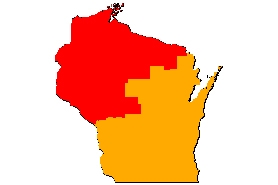



Japanese Hedgeparsley Wisconsin Dnr



Q Tbn And9gcqpbwixtdp7rqpq2tm8 Uwjqr1vo52hmyq08oep0bfodxqvjb1z Usqp Cau
Derivation of the botanical name Torilis, Umberto Quattrocchi says "A meaningless name or possibly from toreo "to bore through, to pierce," referring to the prickled fruit japonica, Japanese The standard author abbreviation Houtt is used to indicate Maarten Houttuyn (17 – 1798), a Dutch naturalist;Umbels Japanese hedgeparsley has two or more small bracts at the base of each umbel Spreading hedgeparsley lacks bracts at the base of each umbel Fruits and seeds Each flower produces a pair of bristlecovered fruit that can attach to fur or clothing Fruit are initially rosy or whitegreen, but become brown as they mature Roots TaprootFoliage Firstyear rosettes are low, parsleylike and green into fall The stem leaves are alternate, fernlike, 25 in ( cm) long and slightly hairy




Foraging For The Elusive Japanese Hedge Parsley Wild Plant Guides




Invasive Plants Of Wisconsin Torilis Japonica Japanese Hedge Parsley
Japanese hedge parsley has lacey, finely divided leaves like poison hemlock, but has fine hairs along the leaves and stem and does not have the distinct purple spotting There are also hooked hairs on the fruit False chervil fruit are narrowly eggshaped Stems are hairy, ribbed and the leaf sheath wraps around the stemIt's an upright hedge parsley used in therapeutic antimicrobial treatments throughout Japan, Korea, and China since ancient timesColor and leave arrangement key
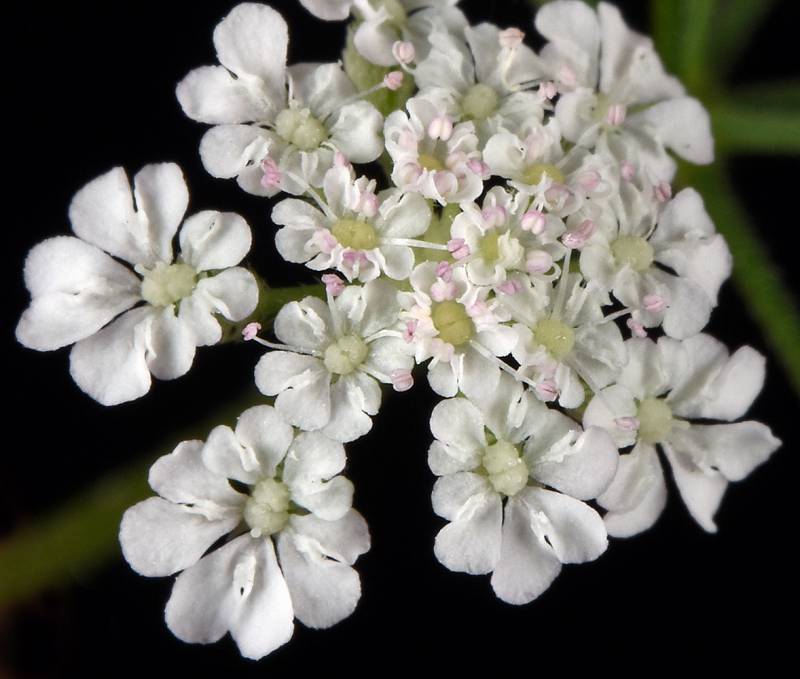



Burke Herbarium Image Collection



Japanese Hedge Parsley
Japanese hedge parsley is a fast invader of forests, grasslands, hedgerows and roadsides Its seeds are quickly and easily dispersed by animalsJapanese Hedge Parsley can be distinguished by the presence of 28 bracts at the base of an individual umbellet Spreading Hedge Parsley has no bracts or a single bract Description Japanese Hedge Parsley is an annual to biennial plant in the Carrot FamilyA WEED REPORT from the book Weed Control in Natural Areas in the Western United States Hedgeparsley Several names Timing Postemergence when plants are growing rapidly




Is It Torilis Arvensis Or Torilis Japonica The Belmont Rooster




Japanese Hedge Parsley Erect Hedgeparsley Torilis Japonica Apiales Apiaceae
Torilis japonicais a member of the familiar family of plants known as the Apiaceae, that includes carrots, parsley, etc Leaves are compound and alternate and the flowers are small with white petals The flowers are numerous and are arranged in flattoppedSimilar species Japanese hedgeparsley (Torilis japonica;Japanese hedge parsley meaning, definition, English dictionary, synonym, see also 'jape',Joneses',jeans',Jones', Reverso dictionary, English simple definition



Q Tbn And9gcqakwohuh Y1prabpymyttidpfj0hf2ej8efxdy9tw02lpyv0jb Usqp Cau




Foraging For The Elusive Japanese Hedge Parsley Wild Plant Guides
12 rows Japanese Hedge Parsley is prolific along the Jensen Lake Trail in Lebanon Hills Park (Eagan) lastPlants are 26′ tall Why is it a problem?The fernlike leaves are most similar to Poison Hemlock and Japanese Hedgeparsley Poison Hemlock is generally a larger plant, has a smooth stem variably covered in purple spots, and fruit covered in wavy ribs Japanese Hedgeparsley has stiff appressed hairs on leaves and stems, 2 to a few linear bracts at the base of umbels, and hooked hairs




Torilis Japonica Michigan Flora



Torilis Japonica Japanese Hedge Parsley Minnesota Wildflowers
Torilis japonica, the erect hedgeparsley, upright hedgeparsley or Japanese hedge parsley, is a plant species in the genus Torilis Japanese Hedgeparsley isTorilis japonica is a ANNUAL growing to 1 m (3ft 3in) It is in flower from July to August, and the seeds ripen from August to September The species is hermaphrodite (has both male and female organs) and is pollinated by Insects The plant is selffertile Suitable for light (sandy), medium (loamy) and heavy (clay) soils and prefers welldrained soilJapanese hedgeparsley (Torilis japonica) Distribution Occurring chiefly west of the Cascades crest in Washington;




Japanese Hedge Parsley Torilis Japonica Flowers Naturegate
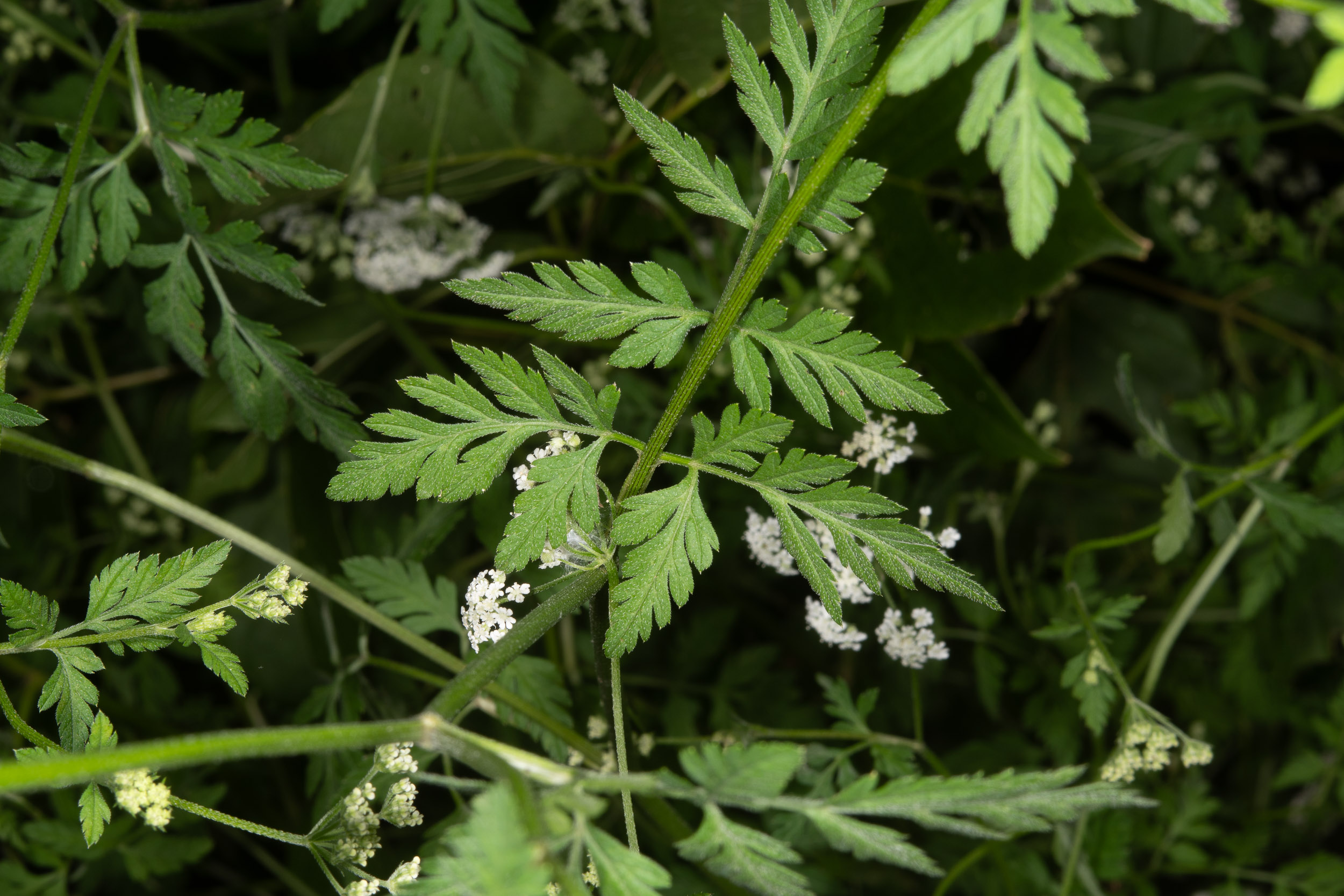



Torilis Japonica Erect Hedgeparsley
By 1977 abundant in central Emmet Co and the Lansing area (Ingham Co), and known from a numberJapanese Hedge Parsley rapidly takes over an area This is a very invasive nonnative plant Another example of how it takes over Range map for Japanese Hedge Parsley (Torilis japonica)US Code TONO) Biennialor annual native to Asia with foliage similar to wild carrot,but somewhat hairy and finely divided Stemsslender, ridged, pubescent Smallergrowing, about 13 feet tall Inflorescencemore of a compound umbel (like poison hemlock)




Tom S Blog Japanese Hedge Parsley Starting To Show



Http Goodoak Com Info Weeds Japanesehedgeparsley Pdf
Image is of Japanese hedgeparsley, erect hedgeparsley (Torilis japonica ) foliage It is by Dan Tenaglia at MissouriplantscomSouthwestern British Columbia to California, also in southcentral and eastern North America Habitat Forest understory and edge, thickets, fields, roadsides, wastelots, and other disturbed areas at low elevationsInvasive) has 2 or more pointed bracts at the base of each umbel, otherwise the two plants are very much the same In general, there are many whiteflowered lookalikes in the parsley family




Japanese Hedge Parsley Erect Hedgeparsley Torilis Japonica Apiales Apiaceae
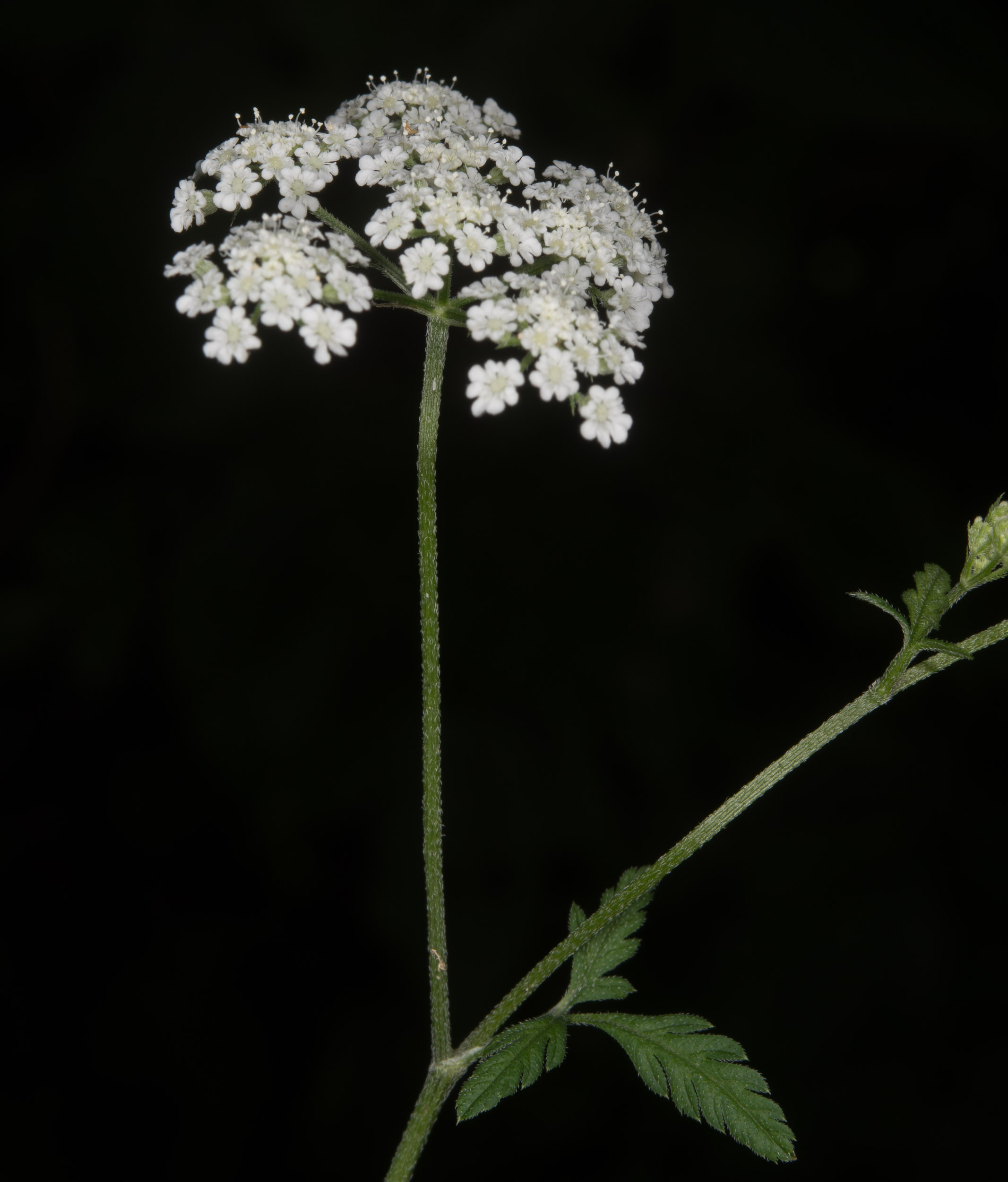



Torilis Japonica Erect Hedgeparsley
Japanese hedge parsley can be distinguished from spreading hedge parsley by having 2 to 8 linear bracts at the base of each compound umbel while spreading hedge parsley usually has no bracts below compound umbels, though sometimes there is a single linear bract In addition, Japanese hedge parsley has hooked tips on the bristles of its seeds Japanese hedge parsley is a key ingredient due to its antiviral and antibacterial agents that support healthy immune and inflammation response What is Japanese Hedge Parsley?Foliage Firstyear rosettes are low, parsleylike and green into fall The stem leaves are alternate, fernlike, 25 in ( cm) long and slightly hairy




Torilis Japonica Japanese Hedge Parsley Arthropodafotos De
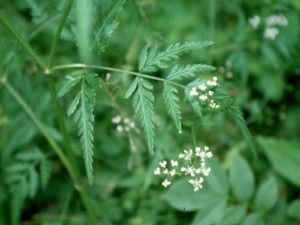



Invasive To Watch Japanese Hedge Parsley My Wisconsin Woods
Japanese Hedge Parsley is an erect biennial invasive plant, growing on ridged branched stems 2 to 4 feet in height Stems are covered with appressed stiff hair The basal rosette develops the first year, staying green until late fall and the flowering stem develops in the second yearTorilis japonica (Japanese Hedge Parsley) on , # SO, I took the two magnifying glasses to have a look at the bristles on the plants growing next to a shed in the "other" backyard Well, the area in question is the old floor of grandpas old garageJapanese hedgeparsley, erect hedgeparsley Torilis japonica (Houtt) DC This species is Introduced in the United States States Counties Points List Species Info Login to download data Download Data × To download a subset of this species' records Click Here
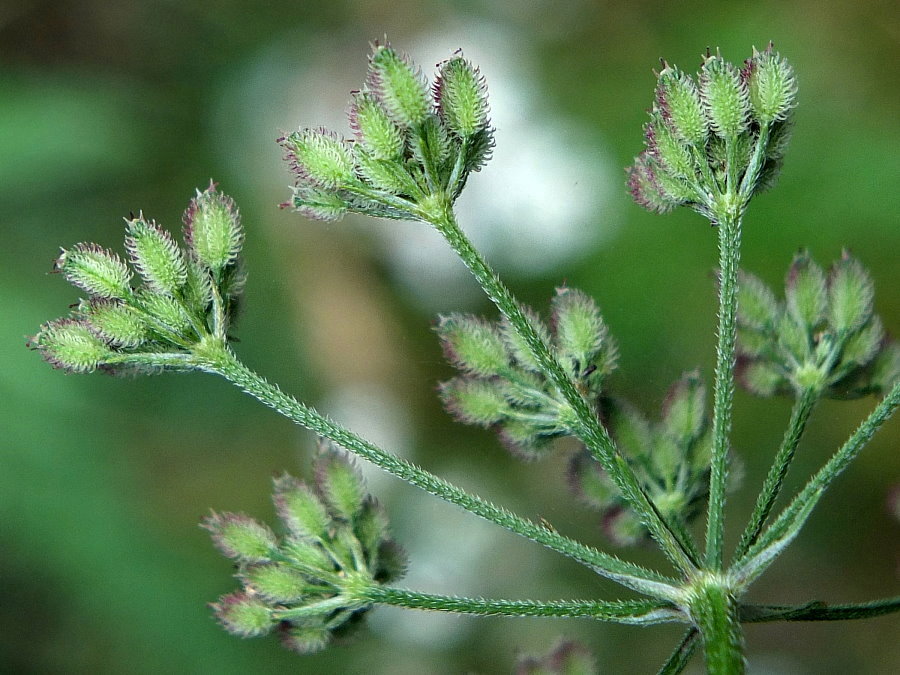



Torilis Japonica Japanese Hedge Parsley Arthropodafotos De




Japanese Hedge Parsley



Minnesota Seasons Japanese Hedge Parsley




Japanese Hedge Parsley Immune Support Kit Linden Botanicals



Torilis Japonica Japanese Hedge Parsley Minnesota Wildflowers



Minnesota Seasons Japanese Hedge Parsley




Invasive Plants Of Wisconsin Torilis Japonica Japanese Hedge Parsley
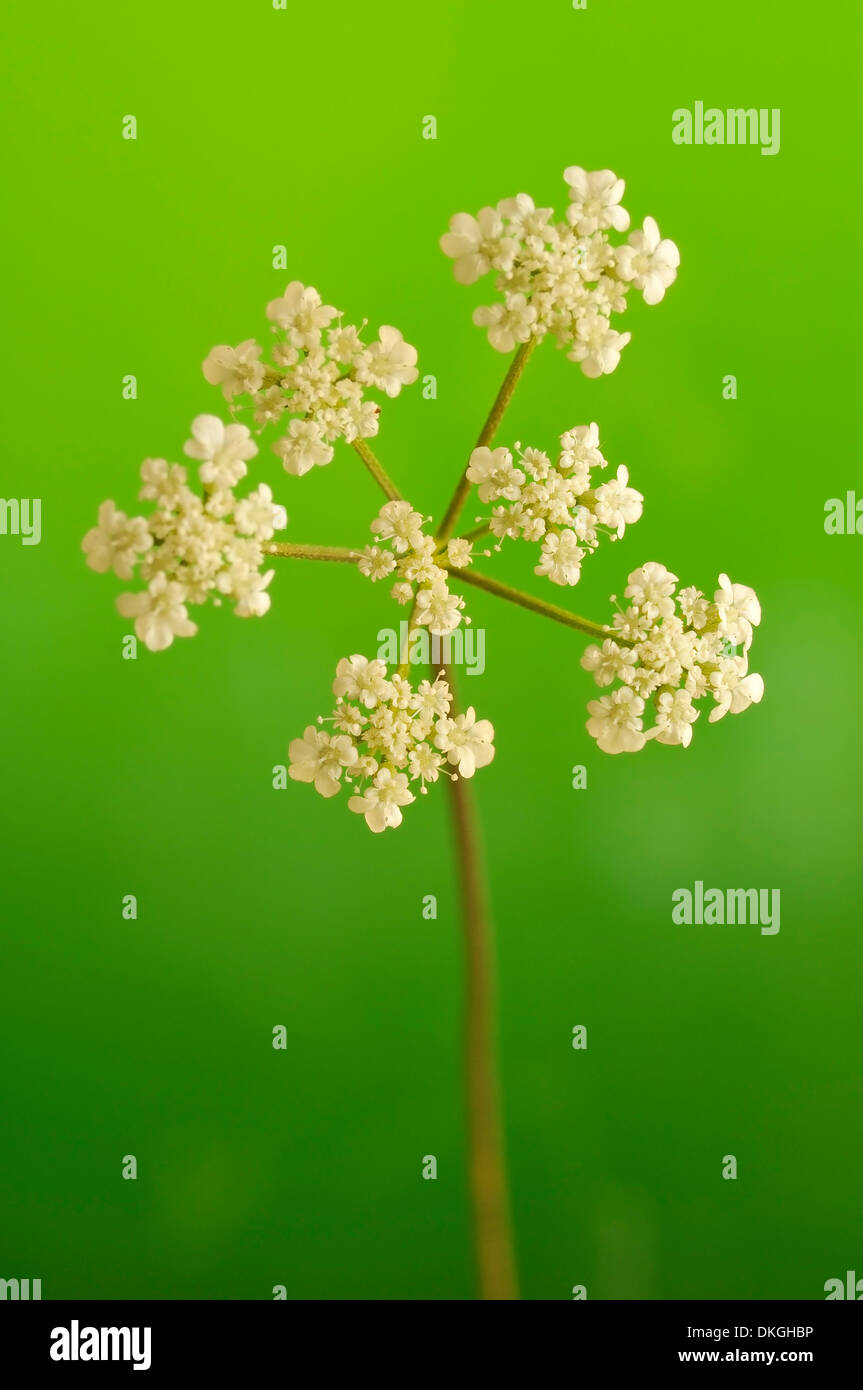



Japanese Hedge Parsley Torilis Japonica Apiaceae Vertical Portrait Of White Flowers With Nice Out Of Focus Background Stock Photo Alamy



Http Goodoak Com Info Weeds Japanesehedgeparsley Pdf
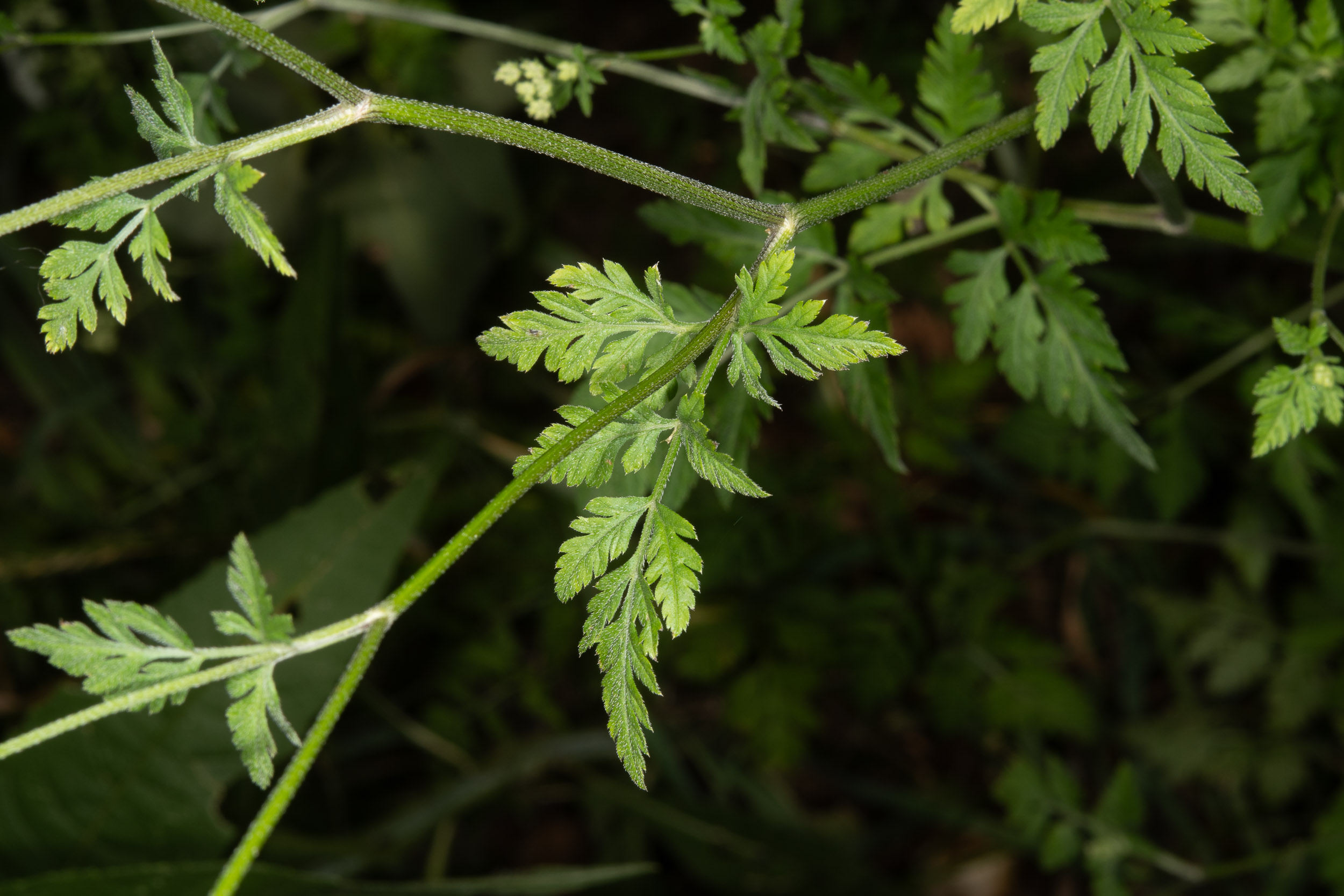



Torilis Japonica Erect Hedgeparsley




Japanese Hedge Parsley Torilis Japonica Dane Co Wi July Flickr
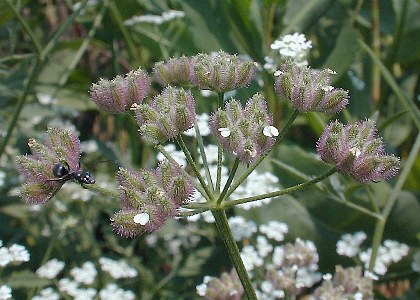



Common Hedge Parsley Torilis Arvensis



Japanese Hedge Parsley
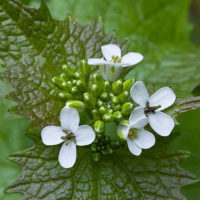



Invasive To Watch Japanese Hedge Parsley My Wisconsin Woods



Torilis Japonica Japanese Hedge Parsley Minnesota Wildflowers
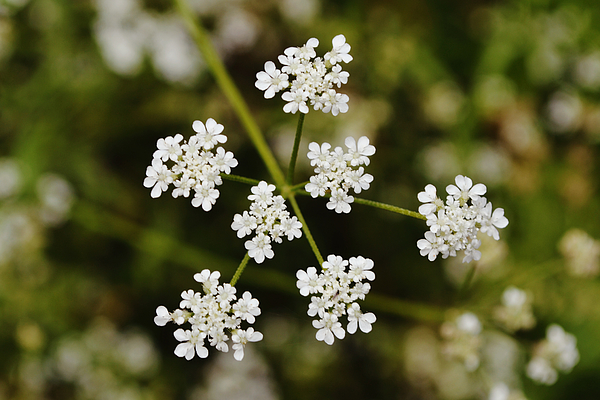



Close Up Of Japanese Hedge Parsley Wildflower Adult Pull Over Hoodie For Sale By Gaby Ethington




Japanese Hedge Parsley Torilis Japonica Houtt Dc




Foraging For The Elusive Japanese Hedge Parsley Wild Plant Guides




Torilis Japonica Upright Hedge Parsley Erect Hedge Parsley Scabby Head Erect Hedgeparsley Japanese Hedge Parsley Caucalis Anthriscus Anthriscus Care Plant Varieties Pruning Advice
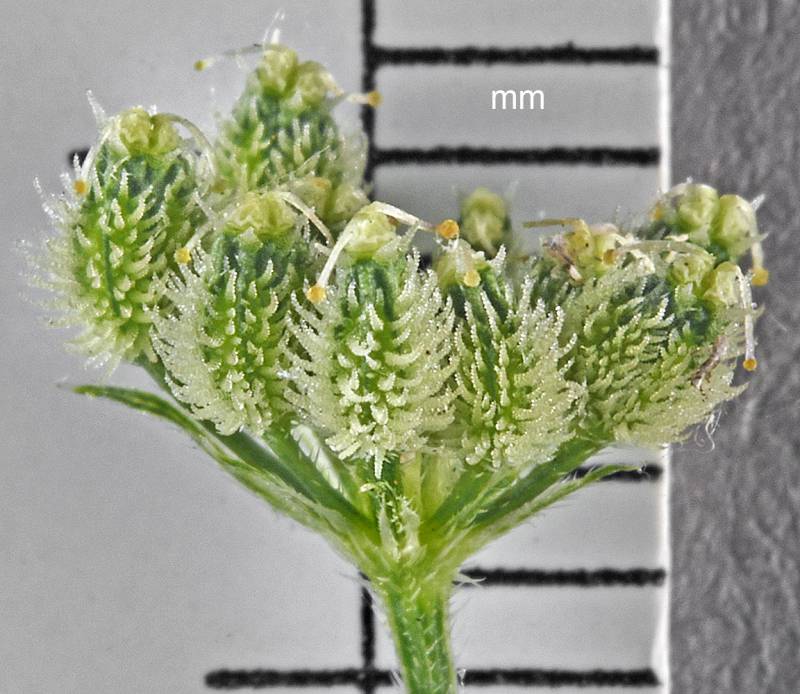



Burke Herbarium Image Collection



Torilis Japonica Japanese Hedge Parsley Minnesota Wildflowers




Japanese Hedge Parsley Torilis Japonica Houtt Dc



Torilis Japonica Japanese Hedge Parsley Minnesota Wildflowers
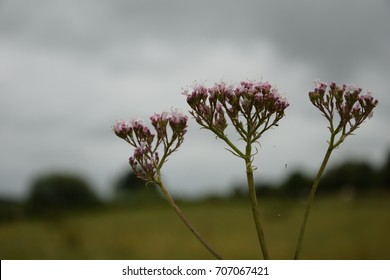



Japanese Hedge Parsley Images Stock Photos Vectors Shutterstock




Japanese Hedge Parsley Erect Hedgeparsley Torilis Japonica Apiales Apiaceae




Japanese Hedge Parsley Encyclopedia Of Life




Foraging For The Elusive Japanese Hedge Parsley Wild Plant Guides



Minnesota Seasons Japanese Hedge Parsley
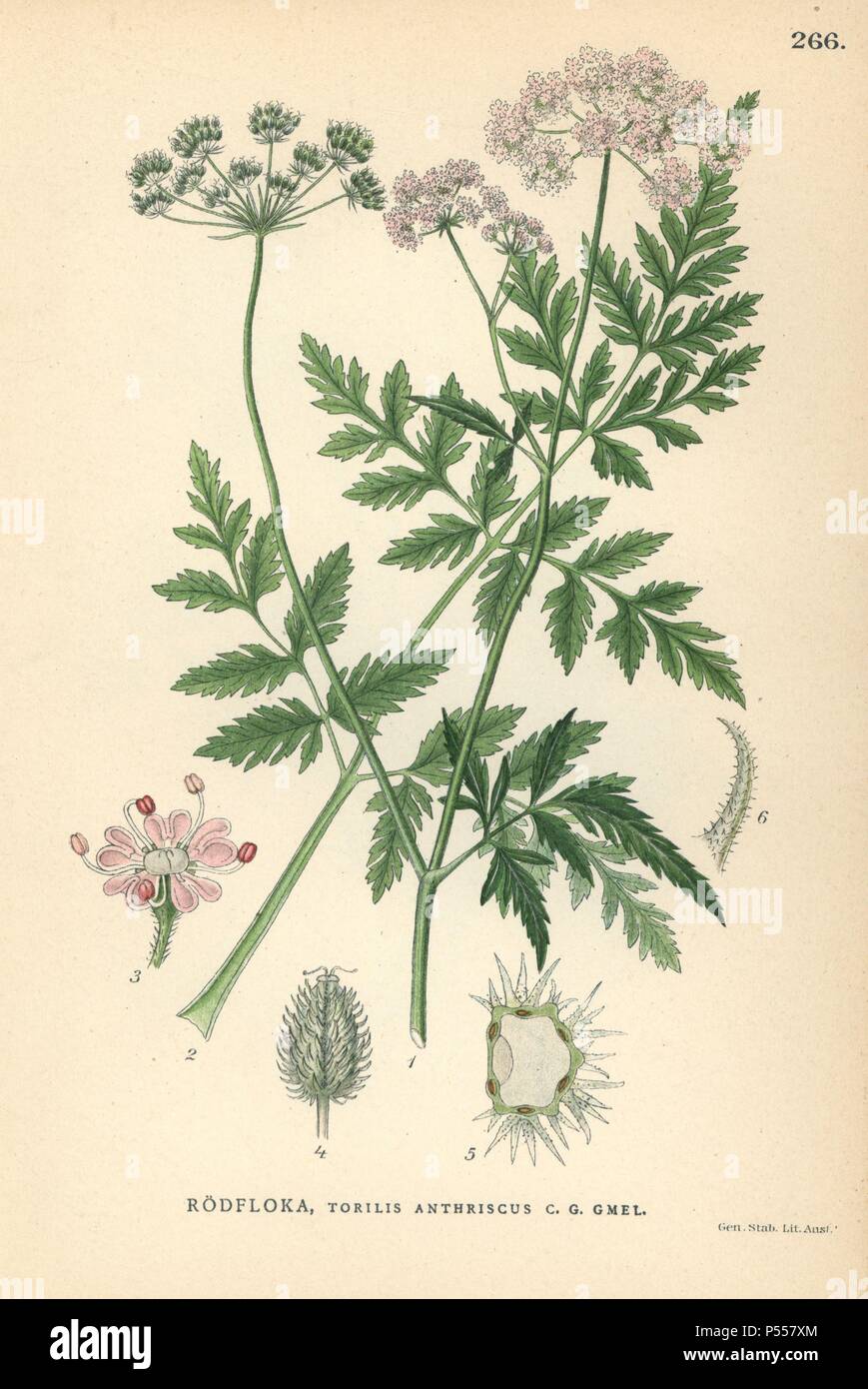



Japanese Hedge Parsley Torilis Japonica Chromolithograph From Carl Lindman S Bilder Ur Nordens Flora Pictures Of Northern Flora Stockholm Wahlstrom Widstrand 1905 Lindman 1856 1928 Was Professor Of Botany At The Swedish Museum



Minnesota Seasons Japanese Hedge Parsley



Torilis Japonica Japanese Hedge Parsley Minnesota Wildflowers




Photo 2477 12 Japanese Hedge Parsley Torilis Japonica In Ashburn St College Station Texas



Bugwoodcloud Org Mura Mipn Assets File Midwest invasives fact sheets Pdf Hedgeparsley Pdf



Q Tbn And9gcqu3vcpwmdi1vkb1icm Squt7dlk2crrh6qega6xsurtcda51gx Usqp Cau
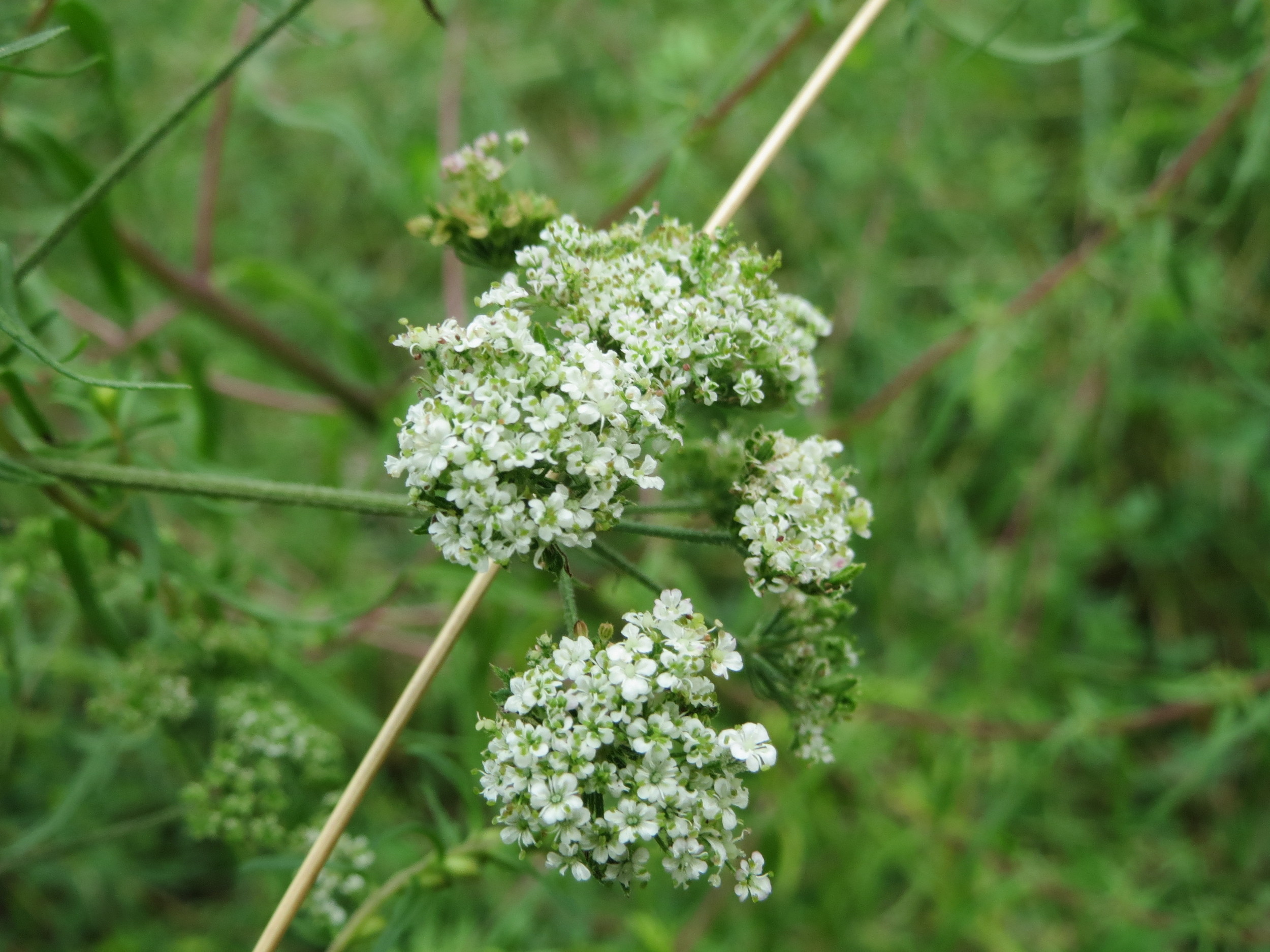



Hedgeparsley Media Encyclopedia Of Life




Japanese Hedge Parsley Torilis Japonica Houtt Dc




Foraging For The Elusive Japanese Hedge Parsley Wild Plant Guides




Japanese Hedge Parsley Identification Of The Wisconsin Invasive Species Torilis Japonica Youtube




Japanese Hedge Parsley Erect Hedgeparsley Torilis Japonica Apiales Apiaceae



Torilis Japonica Torilis Arvensis Torilis Anthriscus Upright Hedge Parsley Japanese Hedge Parsley גזיר נדיר قميلة يابانية




Foraging For The Elusive Japanese Hedge Parsley Wild Plant Guides



Japanese Hedge Parsley




Japanese Hedge Parsley Upright Hedge Parsley Erect Hedge Parsley Torilis Japonica Stock Photo Picture And Rights Managed Image Pic Bwi Bs Agefotostock



Myimpactpage Dakota County Parks
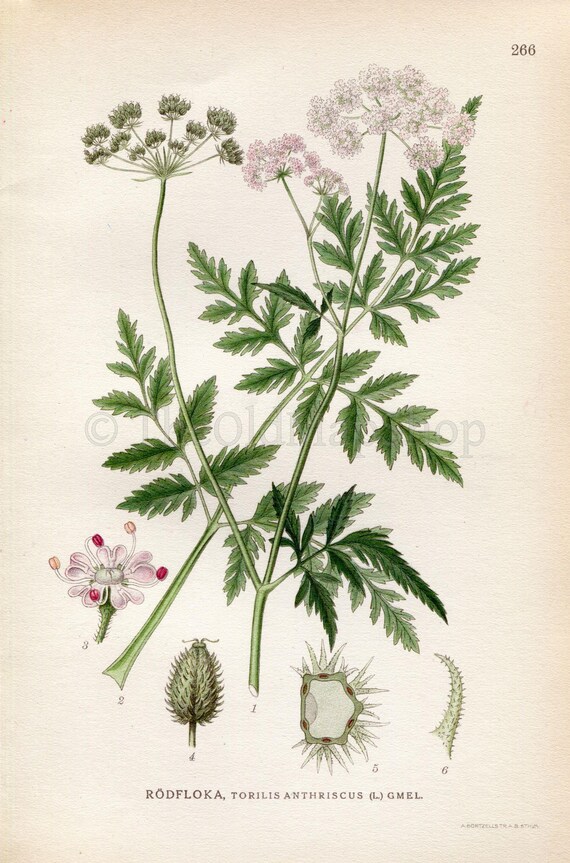



1922 Japanese Hedgeparsley Hedge Parsley Torilis Anthriscus Etsy




Japanese Hedge Parsley Torilis Japonica Houtt Dc
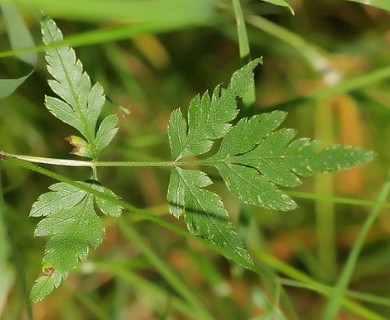



Torilis Japonica Japanese Hedge Parsley



17 Junior Miss Service Project Removing Japanese Hedge Parsley




Japanese Hedge Parsley Torilis Japonica Houtt Dc




Torilis Arvensis Torilis Japonica Hedge Parsley Which One Do You Have The Belmont Rooster
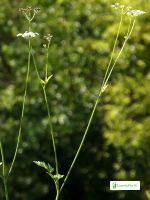



Japanese Hedge Parsley Torilis Japonica Flowers Naturegate




Japanese Hedge Parsley Torilis Japonica Wisconsin




Japanese Hedge Parsley Erect Hedgeparsley Torilis Japonica Apiales Apiaceae Eddmaps




Foraging For The Elusive Japanese Hedge Parsley Wild Plant Guides



Bugwoodcloud Org Mura Mipn Assets File Midwest invasives fact sheets Pdf Hedgeparsley Pdf
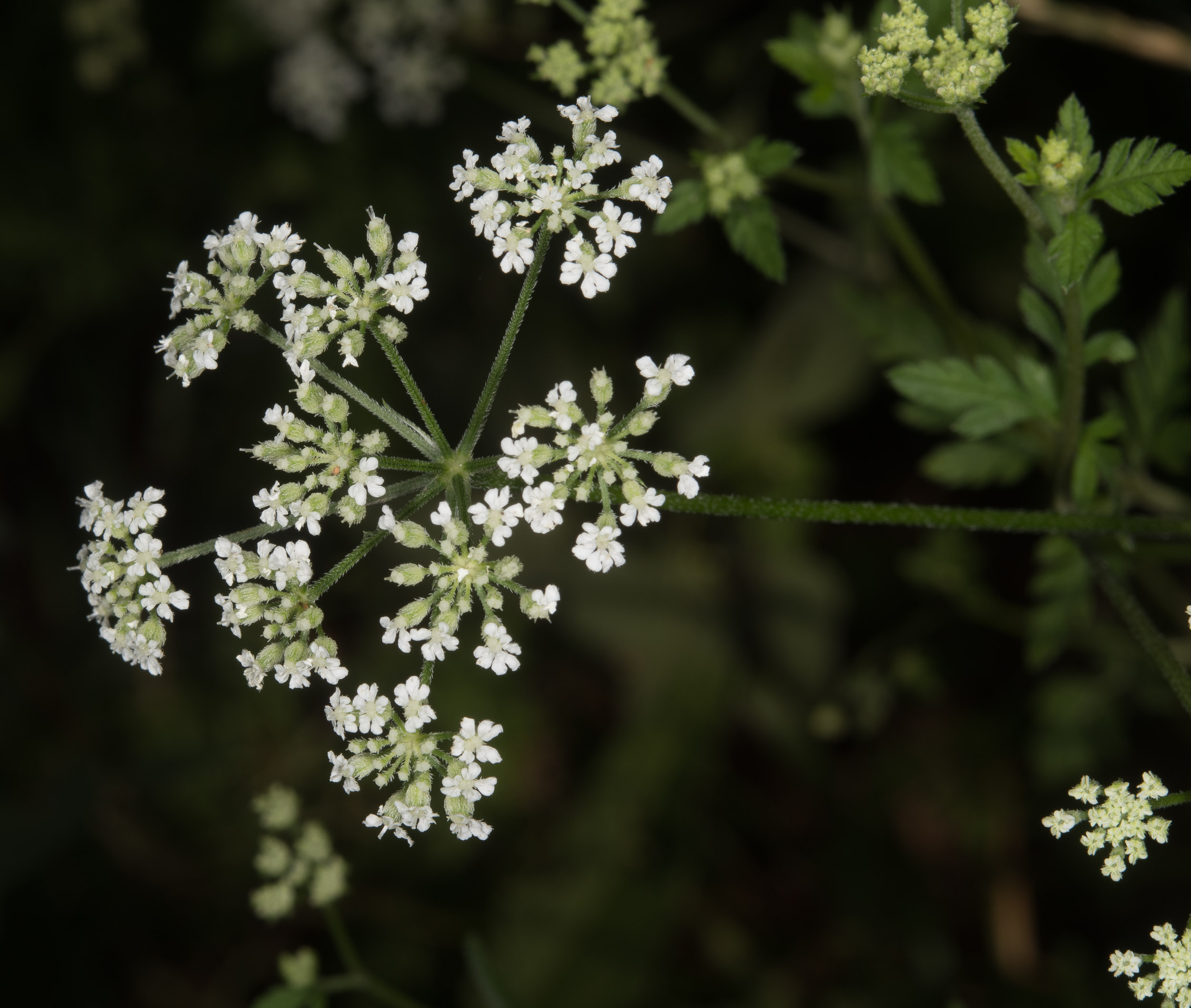



Torilis Japonica Erect Hedgeparsley




Japanese Hedge Parsley Torilis Japonica Flowers Naturegate




Japanese Hedge Parsley Erect Hedgeparsley Torilis Japonica Apiales Apiaceae




Upright Hedge Parsley Torilis Japonica Species Information Page Also Known As Scabby Head Japanese Hedge Parsley




Japanese Hedge Parsley Erect Hedgeparsley Torilis Japonica Apiales Apiaceae Invasive Plant Atlas Of The United States




Japanese Hedge Parsley Neighborhood Greening




Invasive Plants Of Wisconsin Torilis Japonica Japanese Hedge Parsley



Japanese Hedgeparsley Torilis Japonica Apiaceae Carrot




Japanese Hedge Parsley Torilis Japonica Wisconsin



Wildflower Hedge Parsley Upright Irish Wild Flora Wildflowers Of Ireland



Toronto Wildlife More Japanese Hedge Parsley




Invasive Species Photo Gallery Wisconsin Dnr




Japanese Hedge Parsley High Resolution Stock Photography And Images Alamy



Japanese Hedge Parsley




Kristin Willette Invasive Plant Patrol Volunteer With A Mission Ramsey Washington Metro Watershed District




Japanese Hedge Parsley Torilis Japonica Flowers Naturegate




Torilis Japonica Japanese Hedgeparsley Invasive Species




Japanese Hedge Parsley Upright Hedge Parsley Erect Hedge Parsley Torilis Japonica Stock Photo Picture And Rights Managed Image Pic Bwi Bs Agefotostock




Japanese Hedge Parsley Erect Hedgeparsley Torilis Japonica Apiales Apiaceae Invasive Plant Atlas Of The United States




Japanese Hedge Parsley Dendroica Cerulea Flickr



Torilis Japonica Japanese Hedge Parsley Minnesota Wildflowers




Japanese Hedge Parsley Invasive Plants Association Of Wisconsin




Tom S Blog Japanese Hedge Parsley Starting To Show



0 件のコメント:
コメントを投稿